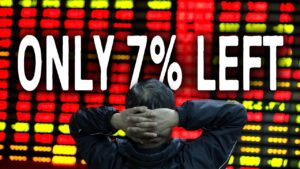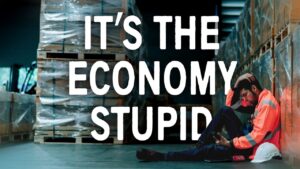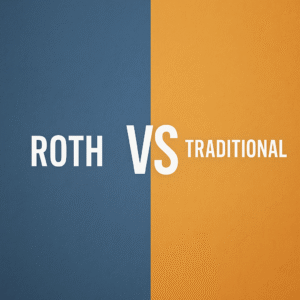Is Australia’s Economy Built to Last? Gambling, Real Estate, and the Fragile Future of a Resource-Rich Nation

Australia is often viewed as a wealthy, stable, and sun-soaked success story. But beneath its glossy economic exterior lies a complex and increasingly fragile system—one shaped by unsustainable wealth distribution, overdependence on real estate and mining, and a surprisingly underdeveloped industrial base. In this article, we examine why Australia’s prosperity may be at risk and what it teaches us about global financial planning, policy pitfalls, and wealth-building strategies.
The Hidden Exhaustion of Modern Economics
Keeping up with today’s global financial news can feel like running on a treadmill with no off switch. The problems are everywhere: bloated corporations, asset bubbles, political meddling, rising inequality, declining wages, crushing debt, and wildly unaffordable housing. Australia is no exception. While it boasts decades without a recession, the cracks are starting to show—and some are uniquely self-inflicted.
Australia’s Gambling Problem: A Billion-Dollar Addiction
It’s hard to overstate the scale of gambling in Australia. With nearly 200,000 electronic poker machines (or “pokies”) spread across bars, clubs, and casinos, the country leads the world in per capita gambling losses—close to $1,000 per person each year. Despite public frustration, the industry is protected by its political clout and economic importance. For many communities, the local pub functions as a mini-casino, with all the social consequences: fraud, crime, and addiction—especially among young men.
The Real Estate Dilemma: Owning a Home Has Never Been Harder
Australia also ranks among the least affordable real estate markets globally. Sydney’s rent crisis is a warning sign of just how distorted the market has become. First-time homebuyers now average 36 years old, with 40- to 49-year-olds representing the fastest-growing buyer segment. Most rely on 30-year mortgages and often dip into their retirement savings (superannuation) just to afford a home. The result? Australia’s housing market is both a personal debt trap and a national economic crutch.
Superannuation: A Retirement System Under Pressure
Australia’s mandatory superannuation system is impressive on paper. Employers contribute 11.5% of wages into retirement accounts, leading to an average household savings balance of about $250,000. Collectively, the super system holds over $2 trillion USD in assets. But due to limited domestic investment opportunities, much of this capital leaves the country. Even more concerning: a growing number of Australians use their super funds to pay down mortgages, eroding long-term financial security.
Resource Dependence and the Innovation Deficit
Despite its wealth, Australia ranks just 102nd in economic complexity—the lowest of any high-income country. Its economy is heavily skewed toward mining, agriculture, and resource exports to Asia. And while Australians invented game-changing technologies like WiFi and Google Maps, those innovations were monetized abroad due to lack of local investment. Mining companies, flush with profits and political influence, continue to receive tax breaks and subsidies that crowd out support for other industries.
A Tax Code That Rewards Property Over Productivity
Australia’s tax system further fuels inequality. Top earners face a 45% marginal income tax rate, while loopholes like negative gearing allow them to offset income with real estate losses—essentially turning housing into a tax shelter. The result is a broken system that encourages high earners to invest in property, further inflating prices and making housing less accessible to younger and lower-income Australians.
Immigration and Imported Wealth
Australia’s high immigration rate brings both challenges and opportunities. While it relies on low-wage immigrants for labor, many of its new millionaires are foreign-born, bringing wealth rather than creating it. This imported capital flows into real estate and other fixed assets, further concentrating wealth and inflating asset prices.
A Tenuous Future for the Lucky Country
Australia’s economy is balancing on a delicate tripod: mining, gambling, and real estate. Each of these sectors is vulnerable—either to global commodity price swings, policy backlash, or debt-fueled instability. And with the banking system deeply entangled in the housing market, any downturn could trigger a cascading crisis. Without meaningful diversification, Australia’s long-term sustainability remains in doubt.
All writings are for educational and entertainment purposes only and does not provide investment or financial advice of any kind.






